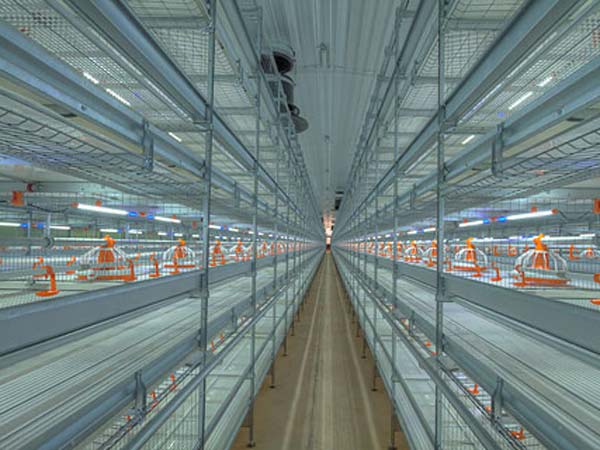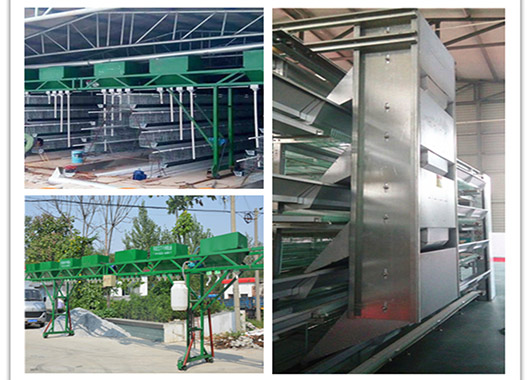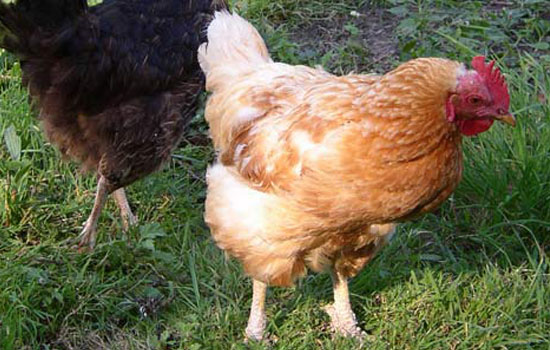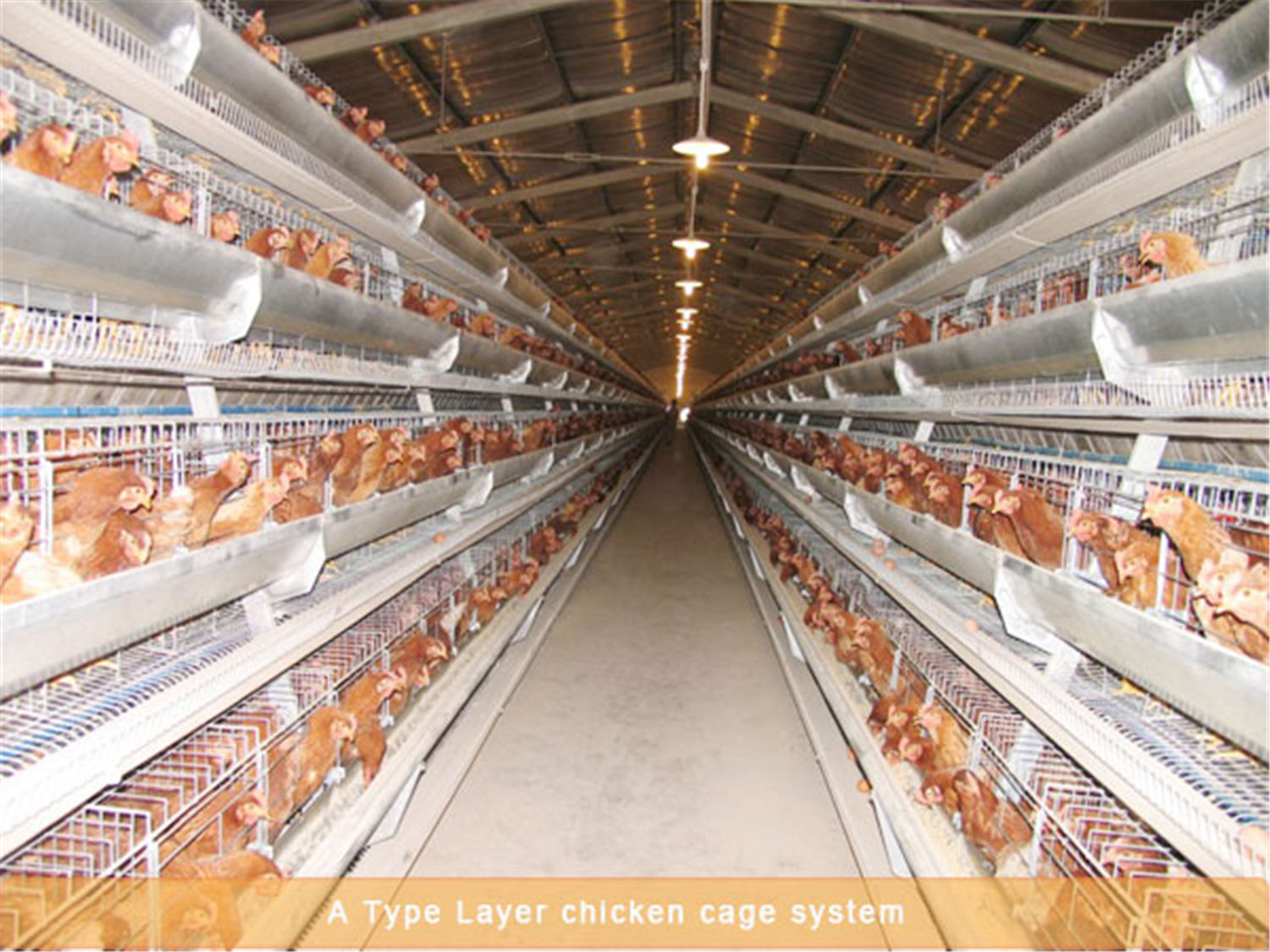Many manufacturers now use broiler cages to raise chickens. The broiler cage is a cage made for broiler breeding. In order to overcome the broiler breast inflammation caused by the hard bottom of the cage. Broiler cages are mostly made of plastic. The chicks do not need to be transferred from the cage to the slaughterhouse. It saves the trouble of catching the chicken, and also avoids the possible adverse reaction of the chicken.
Common broiler cages are high-density rearing to save land. Compared with free-range breeding, it saves about 50% of the land. Centralized management saves energy and resources, and reduces the incidence of poultry diseases. The unique cage door design effectively prevents the chickens from shaking their heads and wasting feed when they eat. The broiler cage equipment can be adjusted appropriately according to the size of the site, and an automatic drinking water system can be installed.

Broiler cages have a high degree of automation: active feeding, drinking water, cleaning manure, wet curtain cooling, gathering management, active control, saving energy, reducing artificial feeding costs, and greatly improving the feeding power of breeders. It can make chickens develop more robustly, provide a clean and warm development situation for chickens, and greatly delay the slaughter time. , Increase the feeding density: The cage density is more than 3 times higher than the flat rearing density. The complete set of broiler cage equipment uses hot-dip galvanizing technology, which is resistant to erosion and degradation, and its service life can be as long as 15-20 years.
7 characteristics of broiler cages
1. It can make full use of the space of the building and reduce the cost of each chicken's site and construction investment.
2. Reduce energy consumption due to inactivity of caged chickens. It can effectively increase the feed return rate, save feed and save the cost of feeding feed.
3. It is easy to increase the temperature of the chicken house, save energy, and greatly reduce the fuel cost of each chicken.
4. It can effectively reduce the occurrence of intestinal diseases in chickens.
5. It can also detect the disease in a timely manner, so as to eliminate it in time, which is helpful to control the disease in large groups.
6. It can be released forty days ago, shortening the feeding cycle.
7. Save the cost of medicine.










